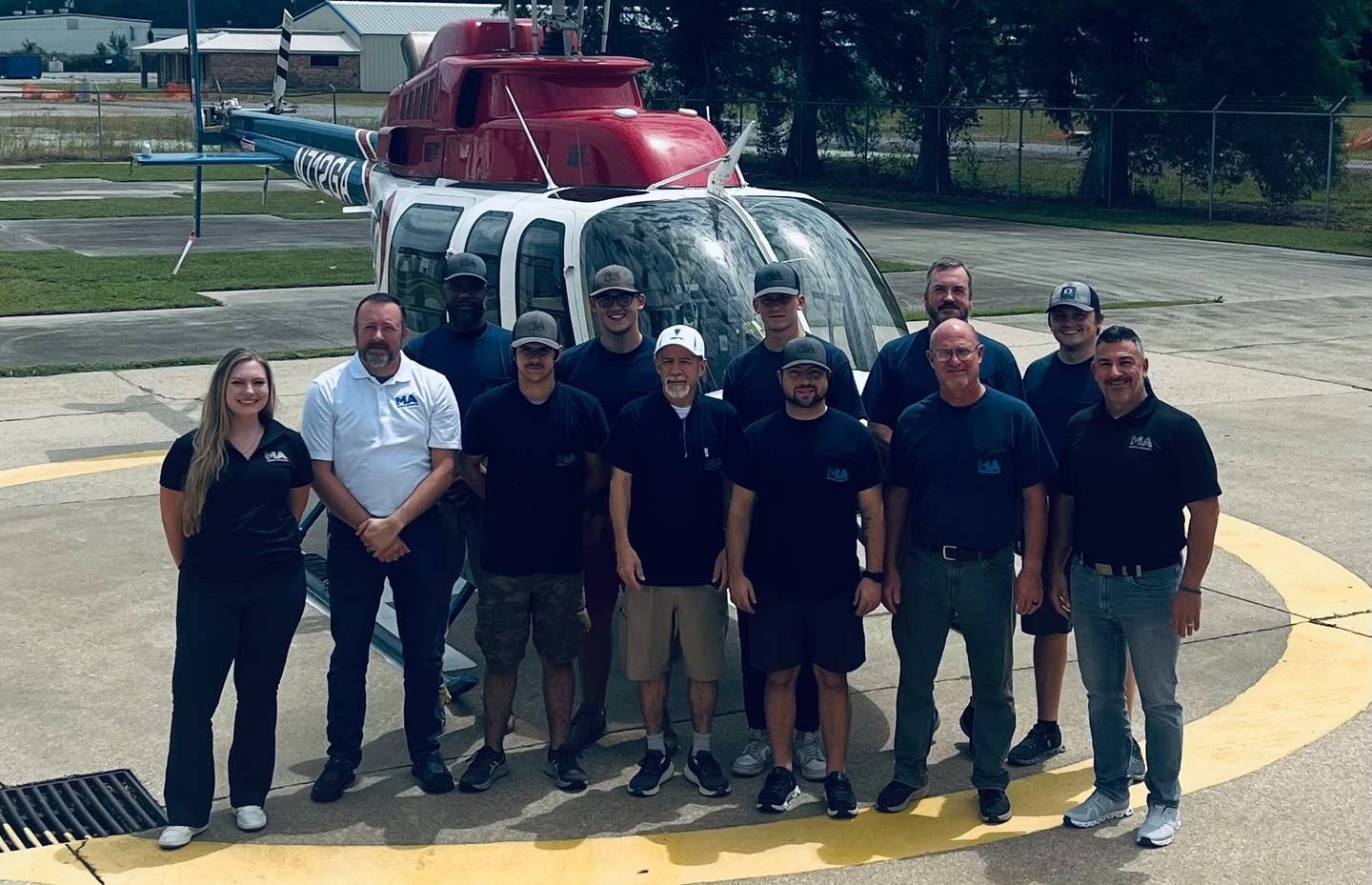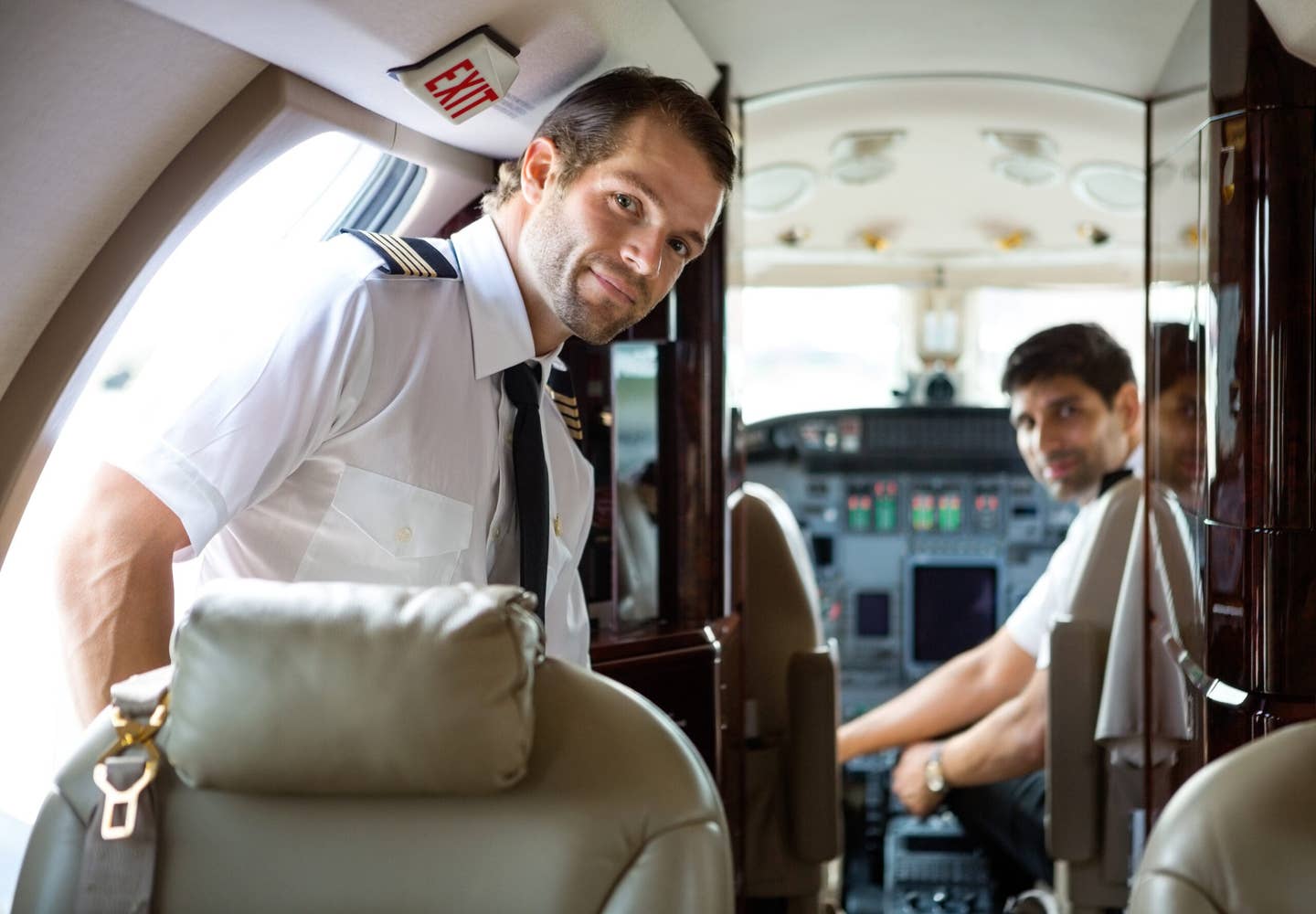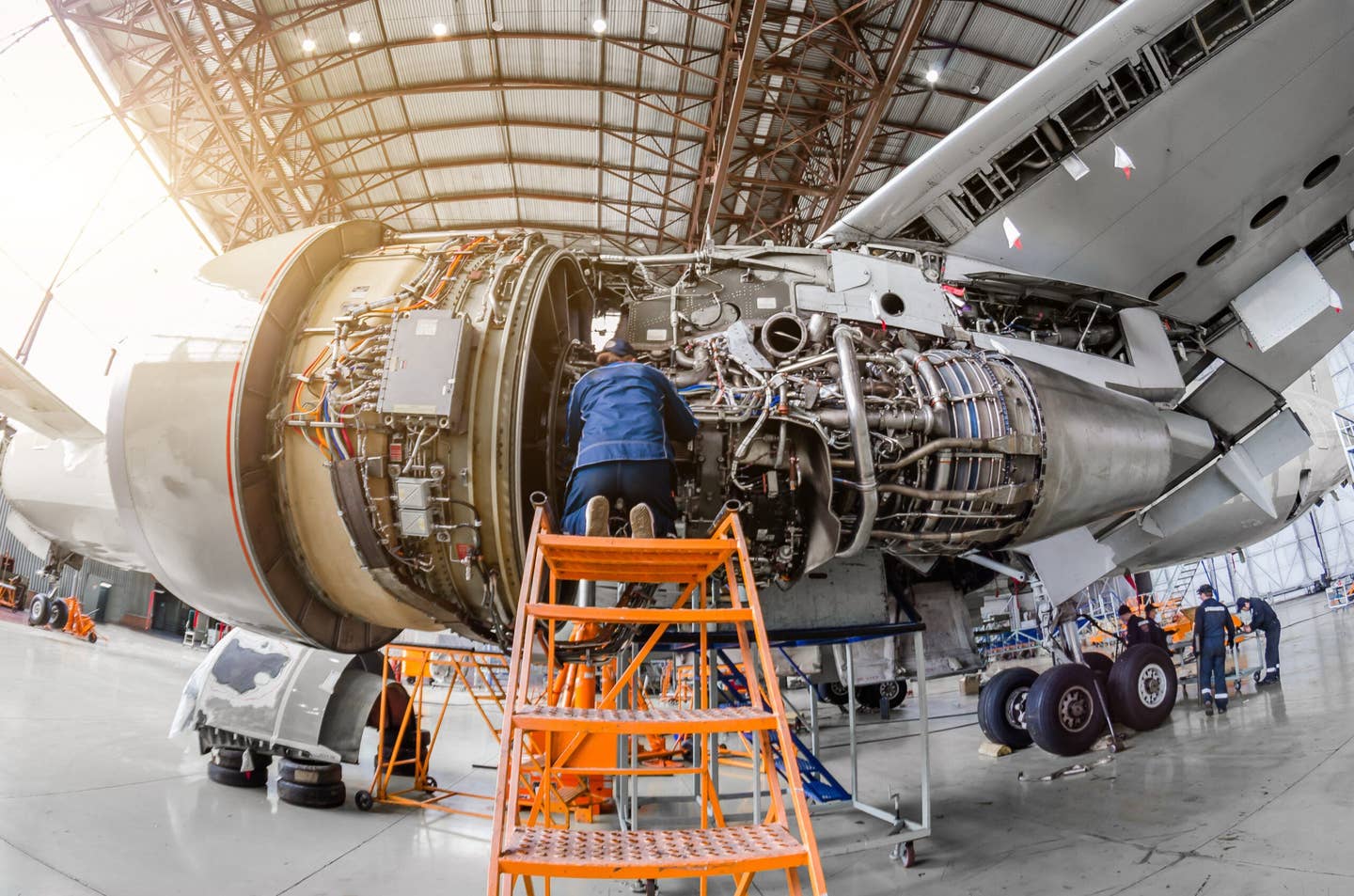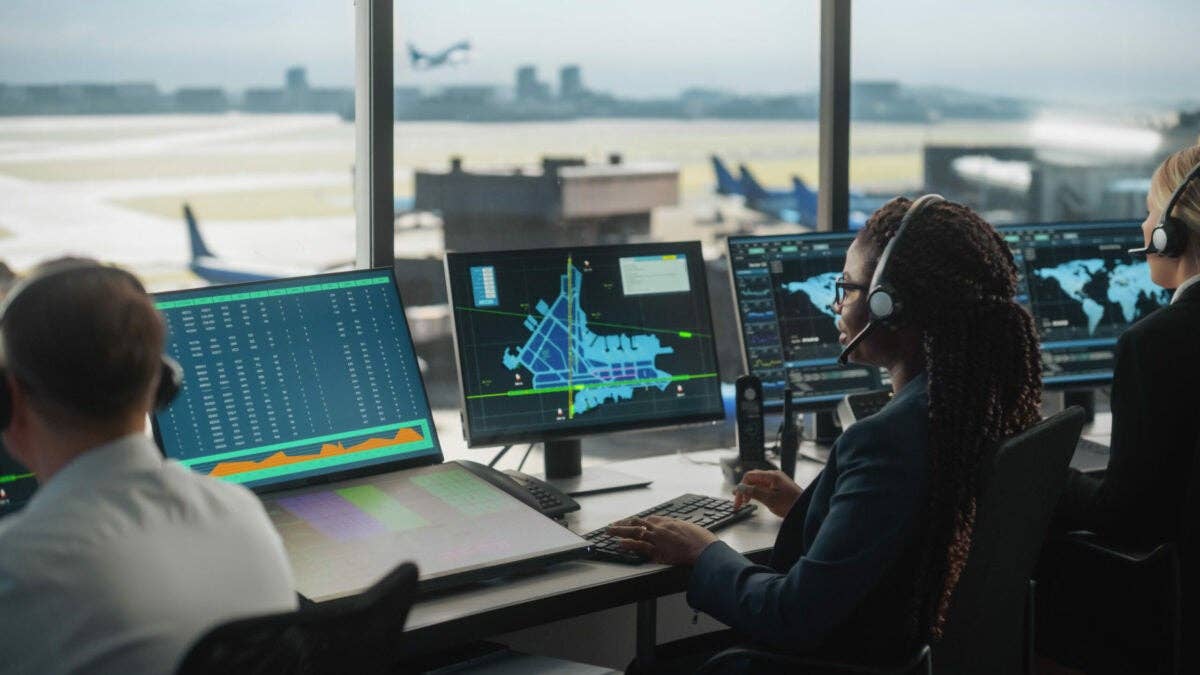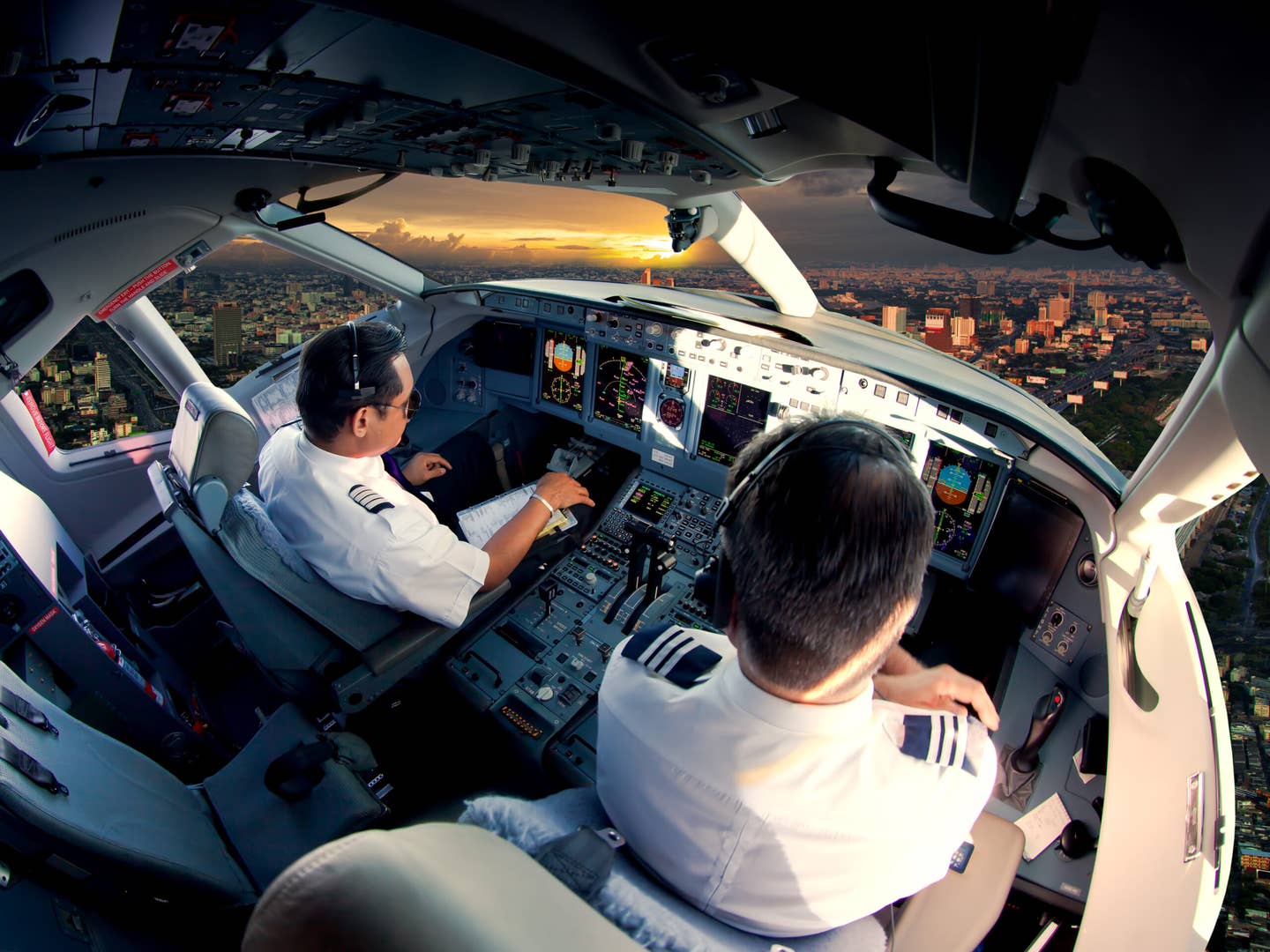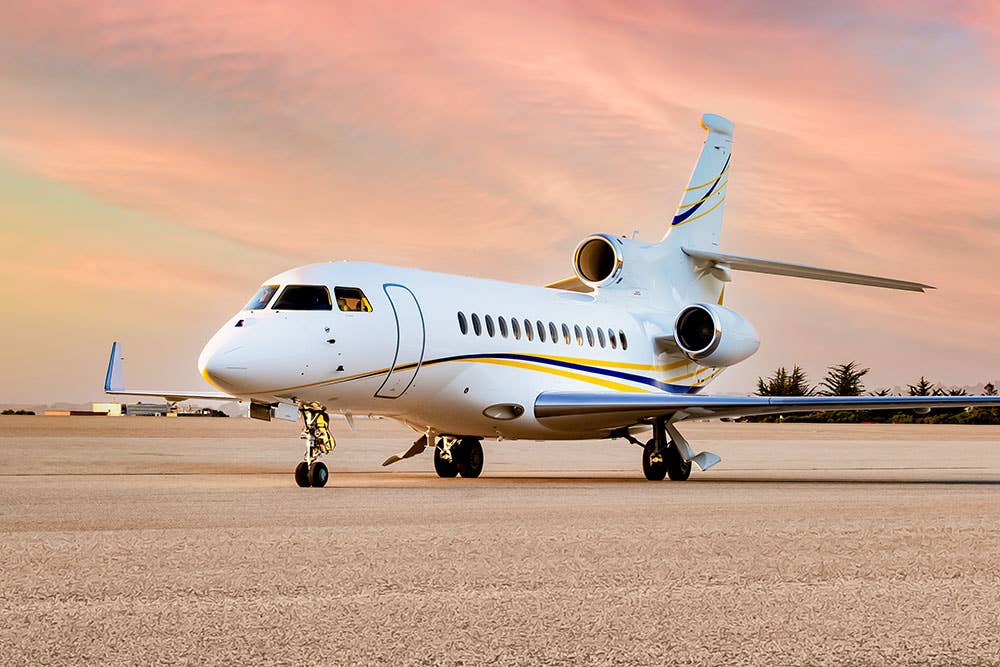High Finances: The Engine Decay of Personal Wealth
Finance expert and pilot Jason Depew talks about inflation, how much it can cost you, and how you can fight back against it.
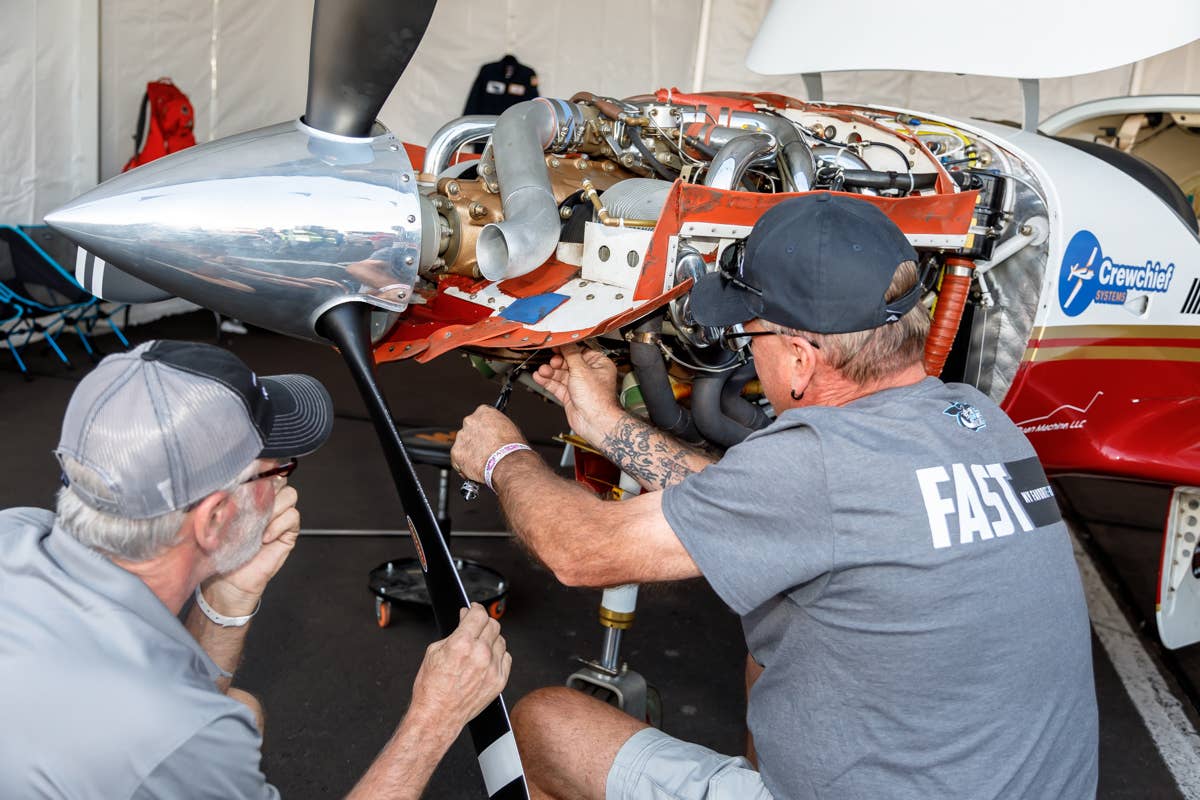
Inflation can cost you just like engine problems with your airplane can. Mark Loper
Though I’ve alluded that inflation is bad for us, we haven’t given this insidious scourge the attention it deserves. Inflation is like the decay you find in an aircraft engine that hasn’t flown enough.
Until recently, I owned an airplane. When I bought it, the engine had almost 1,600 hours since major overhaul (SMOH). That’s high-time, as the manufacturer specifies a 1,800-hour time between overhaul (TBO). The airplane was affordable, but certainly not a small expense. I figured I had a couple years for the sticker shock of the big purchase to wear off before I’d have to remind my wife we needed to pay out for an overhaul.
It was less than 100 hours later, that same year, when the engine put a rod through the case, and I dead-sticked it into Pontiac, Illinois. (Good thing I was already a glider pilot!)
The problem was that this airplane hadn’t been flying very much, and the engine was in worse shape than I realized. Though it still had 200 hours until TBO, I hadn’t known to consider the fact that it had been 30 years since that engine’s previous overhaul.
In my ensuing discussions with A&P technicians,, I learned that an underused aircraft engine degrades over time. One A&P counts a year of sitting around as equivalent to 100 hours of active engine wear. My airplane had so many of those low-use years since overhaul that I’d essentially been flying around with a 4,600-hour engine!
Next time I buy an airplane, “years SMOH” will factor into my calculations and the price I offer, just as much as operating hours SMOH.
The Cycle of Economic Corrosion
Just like an underused engine, if you just leave your money sitting around it ages a lot worse than you might think.
No matter how careful we are, everything gets more expensive over time. Maybe the grocery store raises the price of a candy bar by five cents. Now all the flight instructors and first officers in our industry have to pay just a little more every day for lunch.
The CFIs have the luxury of raising their rates by the smallest possible amount, one dollar an hour, to make up for their shortfall. Unfortunately, this makes flying more expensive for their students who have to ask for raises from their bosses to continue their flight training.
If that boss is the manager of a grocery store, she may raise the student pilot/checkout clerk’s pay by 50 cents an hour, but she has to raise the price of candy bars by another nickel to cover that raise.
And the cycle continues…The underlying value of the things we’re looking at here hasn’t changed. The candy bars, a given hour of flight instruction, and an hour of scanning groceries all have the same relative value to each other. However, inflation now requires everyone to pay more for all of them.
What the Cycle Costs You
On the surface, this inflation cycle is just annoying because it makes everything more expensive. However, it’s far worse than that. If everything gets more expensive over time, any money you don’t spend this year will effectively be worth less next year.
This effect is so well-known (and hated) that we quantify it. Over the long run, inflation averages roughly 3 percent per year.
On average, if you were to stuff a dollar under your mattress this year, it would only be worth $0.97 a year from now. Leave it another year and it’d only be worth 94 cents. Ten years from now that dollar is effectively only worth 75 cents. In 23 years, it would have lost half its worth.
This is the same as a supposedly mid-time aircraft engine that hasn’t flown enough. You may think you have 900 or 1,000 hours until TBO, but if you were to add 23 years of decay to the equation, you’d actually find yourself in a very bad spot.
Battling Inflation
This is why I say every pilot needs to invest. Most savings accounts pay less than 1 percent interest. Technically, this decreases the corrosive effects of inflation on your money. However, you’re really only making yourself slightly less of a loser.
The better answer (maybe the only answer) is to put your money to work for you through investing. It doesn’t take a stock market savant to get at least 3 percent ROI. We’ve already noted that the long-term return of the S&P 500 is 10.9 percent. If all you had done over the past 50 years was park your money in a low-fee S&P 500 index fund, you would have beaten inflation by an average of 6.8 percent. Not bad!
Battling Engine Decay
How do you mitigate an engine decay problem? Though I’m obviously not an aircraft purchasing expert, I do have a plan for the next piston-engined aircraft I buy. I will absolutely have partners!
Most pilots I know dream of owning an airplane without realizing how many other expenses and activities go into each hour you get to enjoy flying your machine. I say you should be honestly prepared to fly at least 200 hours per year if you’re going to own an aircraft, though many owners can’t consistently reach that mark.
Even if you fly an airplane 200 hours per year, that leaves 8,560 hours during which it’s sitting, unused, in your hangar with decay sucking phantom hours from your time until overhaul. I assert that most aircraft owners could add 2 to 3 partners without any devastating scheduling conflicts.
Not only does this slash your fixed costs and get others contributing to your maintenance, upgrade, and engine overhaul funds, it also means your aircraft is getting the regular exercise it needs. You’ll be preventing your engine from insidiously decaying, just like exercising your money allows you to escape the decay of inflation.
Many maintenance experts like Mike Busch boast about engines that operate reliably long beyond TBO. This comes from treating them right and flying them regularly. A partnership of owners or committed flying club with vested interest in taking care of the airplane is a great way to do this. We’ll look at the economics of these structures in the future as well.

Subscribe to Our Newsletter
Get the latest FLYING stories delivered directly to your inbox

